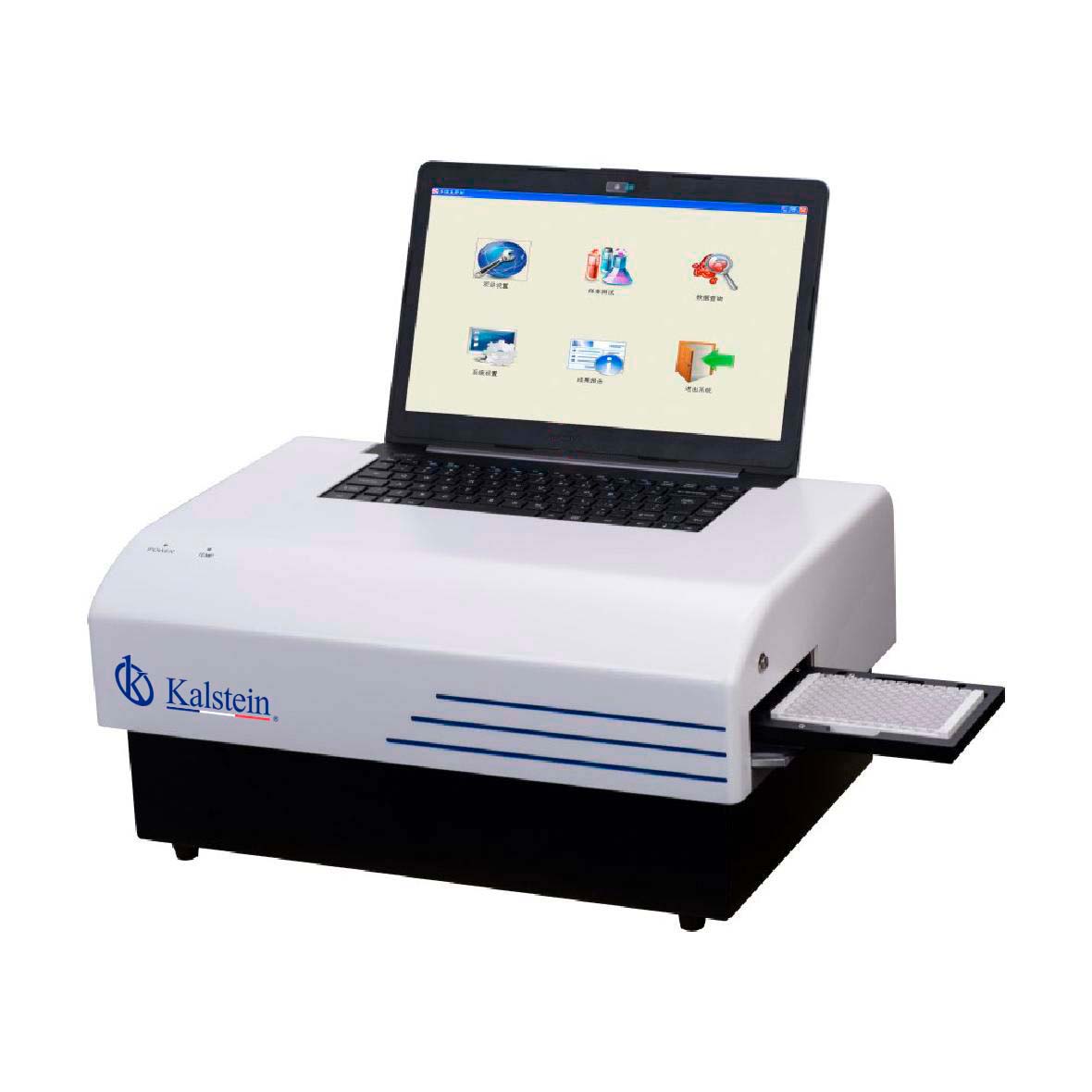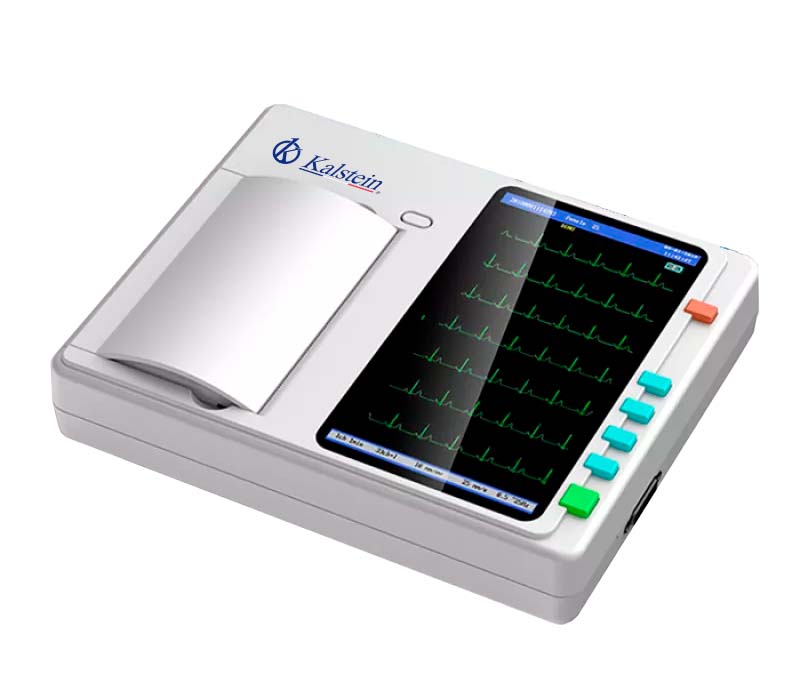The biochemistry of blood reagents is an important part of modern medicine. Blood reagents have a variety of examples inherent to saliva, blood, and other body fluids, such as urine. Blood test results are usually the basis for a medical diagnosis. Blood reagents are used to detect and quantify changes in glucose, lipid, and electrolyte metabolism.
These reagents are also used to diagnose infectious diseases, detect pregnancy, assess kidney function or cardiovascular risk, and much more. This article provides a general description of the fundamental principles of the biochemistry of blood reagents, and explores some of the methods and principles of testing used to detect specific diseases.
What are blood reagents and how are they performed?
Blood reagents are molecules used to perform a chemical test to determine important information for a medical diagnosis. These reagents are essentially liquids that contain certain chemical compounds used to evaluate a blood sample. These tests are sensitive tests for metabolic abnormalities or markers of specific disease.
Blood reagent test results can be used for diagnosis and monitoring of chronic diseases, such as diabetes mellitus, high blood pressure, or kidney disease. Blood reagent testing usually involves using a sample of blood drawn from a patient’s arm.
Once the sample is collected, a test is done to determine the levels of specific chemicals in the blood. This is achieved by mixing the reagents with the blood sample and measuring the chemical changes in it. The chemical reaction results in certain changes, such as coloration, which are interpreted as the result of the test. The technique of blood reagent testing is known as the in vitro test method.
Main principles of blood reagents
The main principles of blood reagents are based on the general principles of chemistry. The in vitro test method uses the mixture of a reagent with a substrate or ‘test material’. This mixture results in a specific unwanted product, which is interpreted as a signal. These signals can be color changes or other characteristics of the chemical reaction. Common reagents used to test blood reagents include electrolytes, enzymes, contrast agents, and chelators.
Electrolytes are ions soluble in liquids, such as acids, bases and salts, that are used to study electrolytes in the human body. These tests are used to measure pH, osmotic pressure, ions such as sodium, potassium, and chloride, and other organic ions such as lactate and anion sulfate. Another important application of electrolytes in blood reagents is the blood glucose test, a routine test used to diagnose diabetes mellitus.
Enzymes are useful proteins in the biochemistry of blood reagents. These proteins bind to certain substances and catalyze a chemical reaction, i.e. increase the rate of chemical reactions. Some of the uses of the enzymes in blood reagents include detecting conditions such as liver function, the pattern of lipoproteins in the blood, viral infections, and bacterial toxins.
What is the use of contrast agents and chelators in blood reagent tests?
Contrast agents are another important component in the biochemistry of blood reagents. These substances are usually divergent ions, which can be mixed with blood reagents to generate a visible signal. These signals can be either changes in reagent colors or a chemical reaction that results in the formation of a precipitate. An example of the application of this technique is to study glucose metabolism, where glucose labeled with a contrast substance is used to monitor metabolism through the body.
Chelators are water-soluble chemicals, such as EDTA salts and organic acid salts, used to study inorganic metabolism. These substances are used to measure levels of iron, calcium, magnesium, and other substances in the blood. Chelators are also used to detect infections or chronic diseases in a single test. This is done by moving specific metals and releasing proteins into the blood, in order to detect certain abnormalities in the chemistry.
Blood reagents are a very useful tool in modern medicine. These reagents are used to detect and quantify changes in the body’s chemical systems. These can result from changes in metabolism, infections, chronic diseases or even pregnancy. Blood reagent tests are also used to monitor treatments and evaluate a patient’s overall condition.
The use of Kalstein analyzers for blood reagents
Kalstein. This manufacturer has a variety of equipment for sale, which allows the analysis of ions and major blood cells quickly and reliably. Questions about purchase and pricing can be answered on the websites HERE and HERE .




